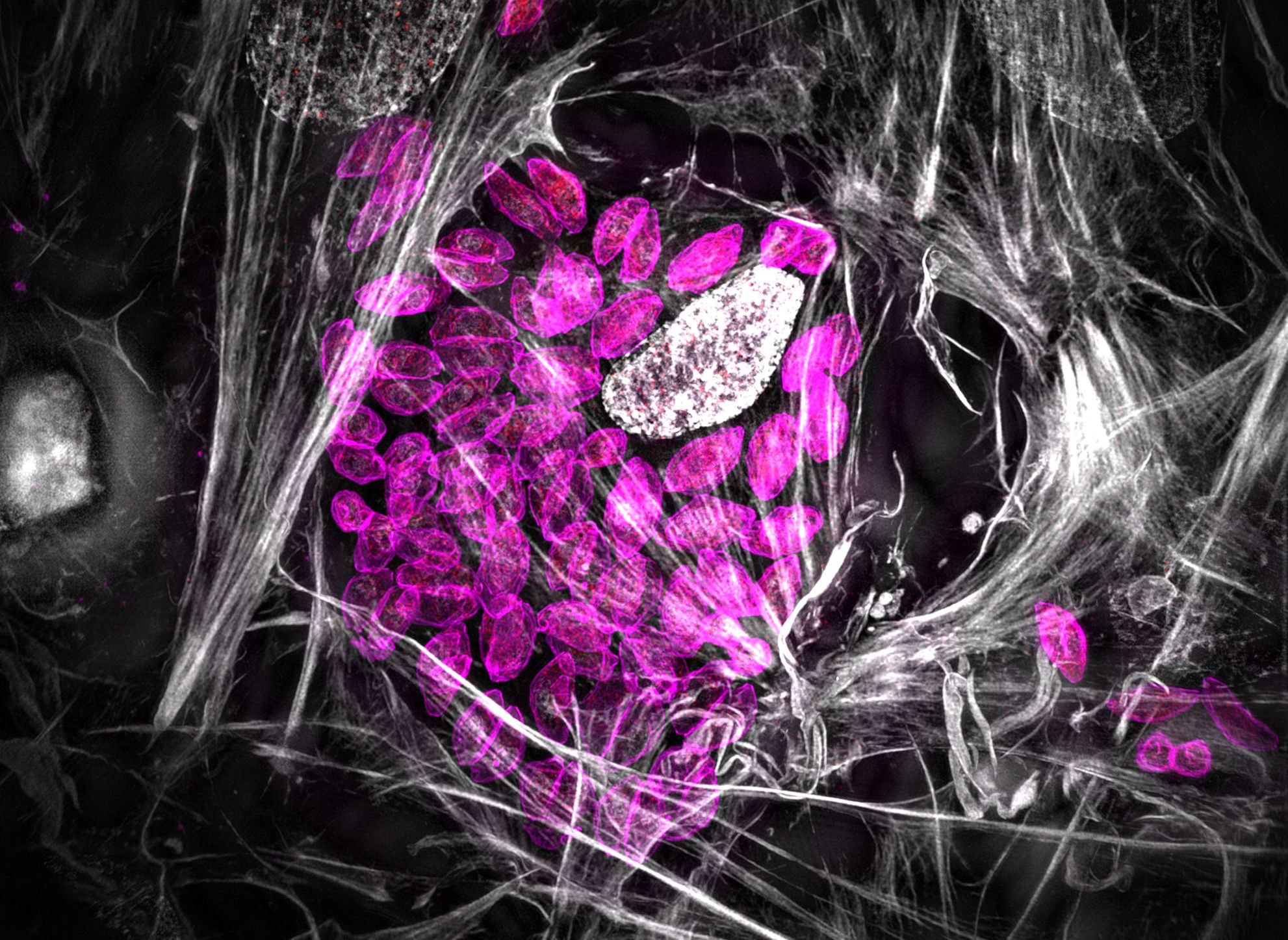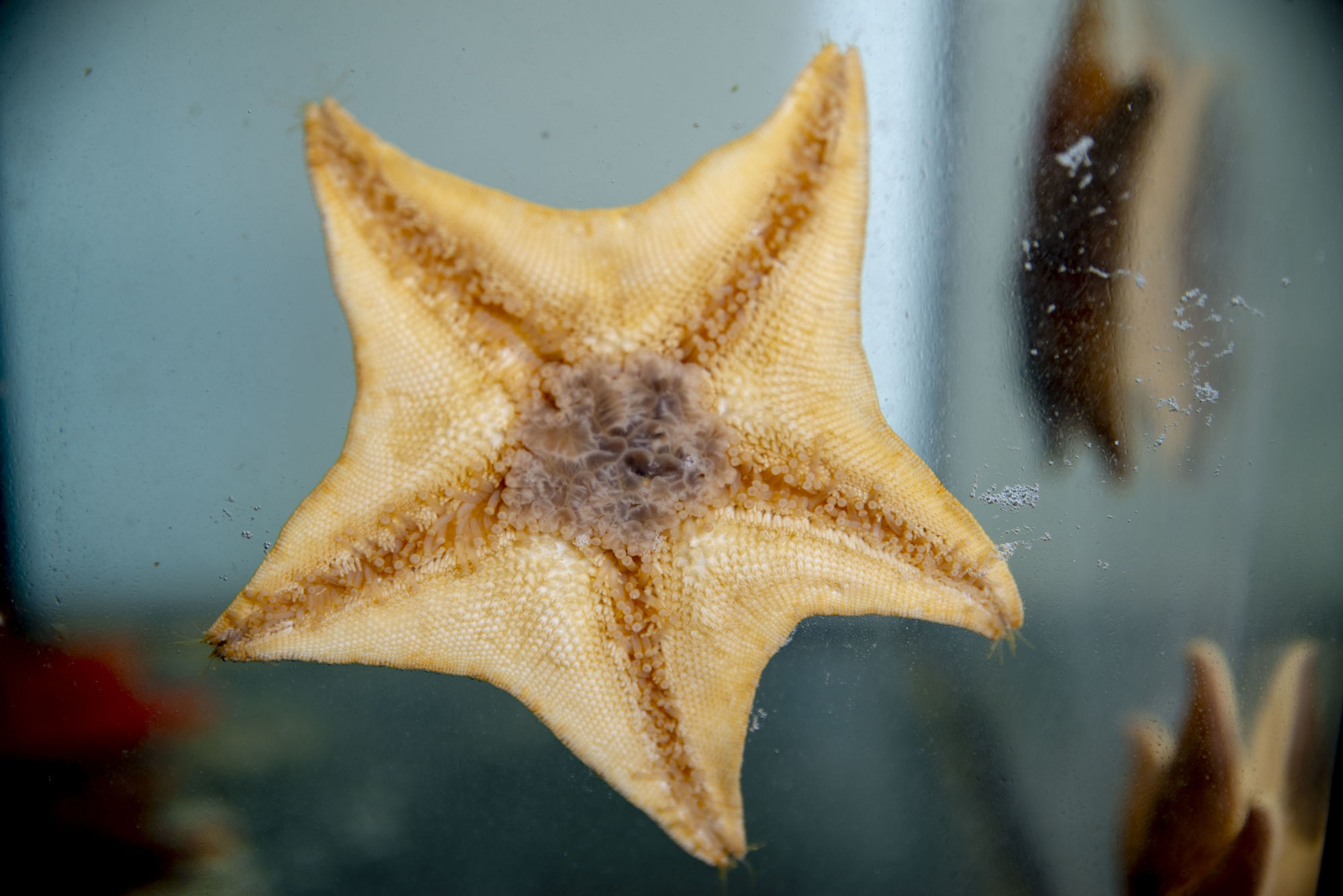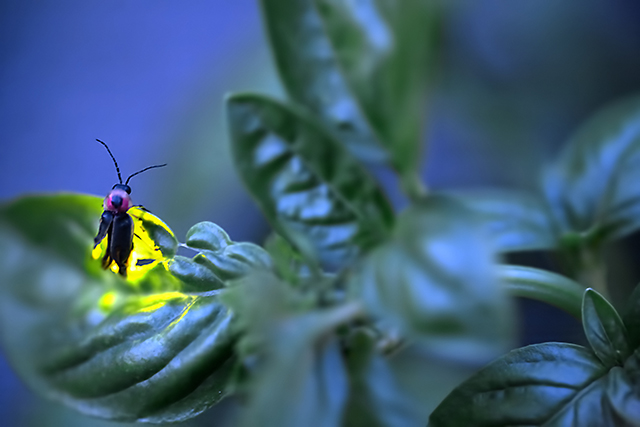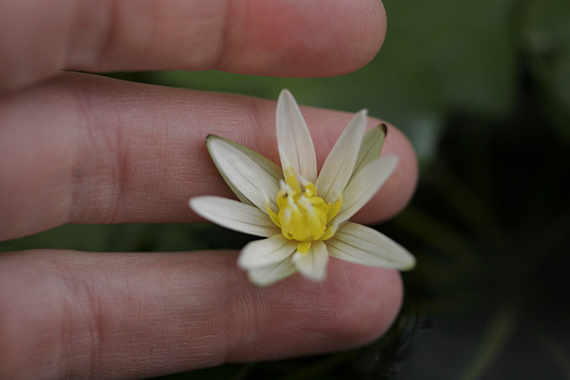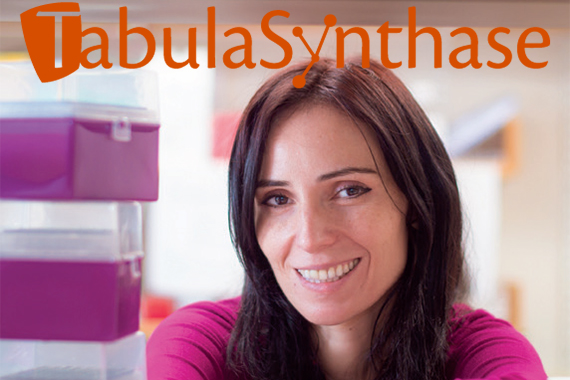BioNook: Model Organisms
BioNook: Models for research
Some flew and some swam to greatness. Others earned accolades by being cheap and easy to house. One lucky critter wiggled all the way to a Nobel Prize. How? By becoming scientific supermodels. From mice to microbes, researchers depend on a motley cast of characters to play the role of model system. These organisms share many genes with humans, are easily maintained in a laboratory setting, and have particular experimental advantages. Certain species, like the tiny water lily Nymphaea thermarum, are chosen as model organisms because of their place in evolutionary history or because their unusual traits make them ideal to study. By mimicking human diseases or recreating environments where scientists can study life’s basic biology, model organisms are used to investigate some of today’s hottest topics.
WHAT PLANARIANS ARE REVEALING ABOUT THE RULES OF REGENERATION
In this video, learn how scientists in Whitehead Institute Member Peter Reddien's lab use planarians, a kind of flatworm that can regenerate, to probe the mysteries of how animals are able to replace missing body parts after injury — with the goal of one day using this knowledge to guide regenerative medicine techniques.
Toxoplasma gondii: a model apicomplexan
Sebastian Lourido explains why Toxoplasma gondii is an excellent system to study.
More unusual organisms used in research:
| |
Unusual Labmates: Lighting up the LabExperience a multimedia story about fireflies, including how Whitehead Institute researchers rear them in the lab and what researchers hope to learn from investigating their biology. |
Unusual labmates: the world's smallest water lilyNymphaea thermarum (N. thermarum) is a tiny water lily that postdoctoral researcher Rebecca Povilus in Whitehead Member Mary Gehring’s lab is using to better understand the evolutionary history of flowering plants. |
Meet the scientists: | |
SILVI ROUSKIN: EXPLORING LIFE’S NON-LINEAR PATHSSilvi Rouskin, a Whitehead Fellow who studies RNA structure and its implications for health and disease, has been called by her colleagues fearless, relentless, fiercely independent and—if she’d started from a different place—perhaps smarts and curiosity alone would have let her follow a straight path to her goal. |
